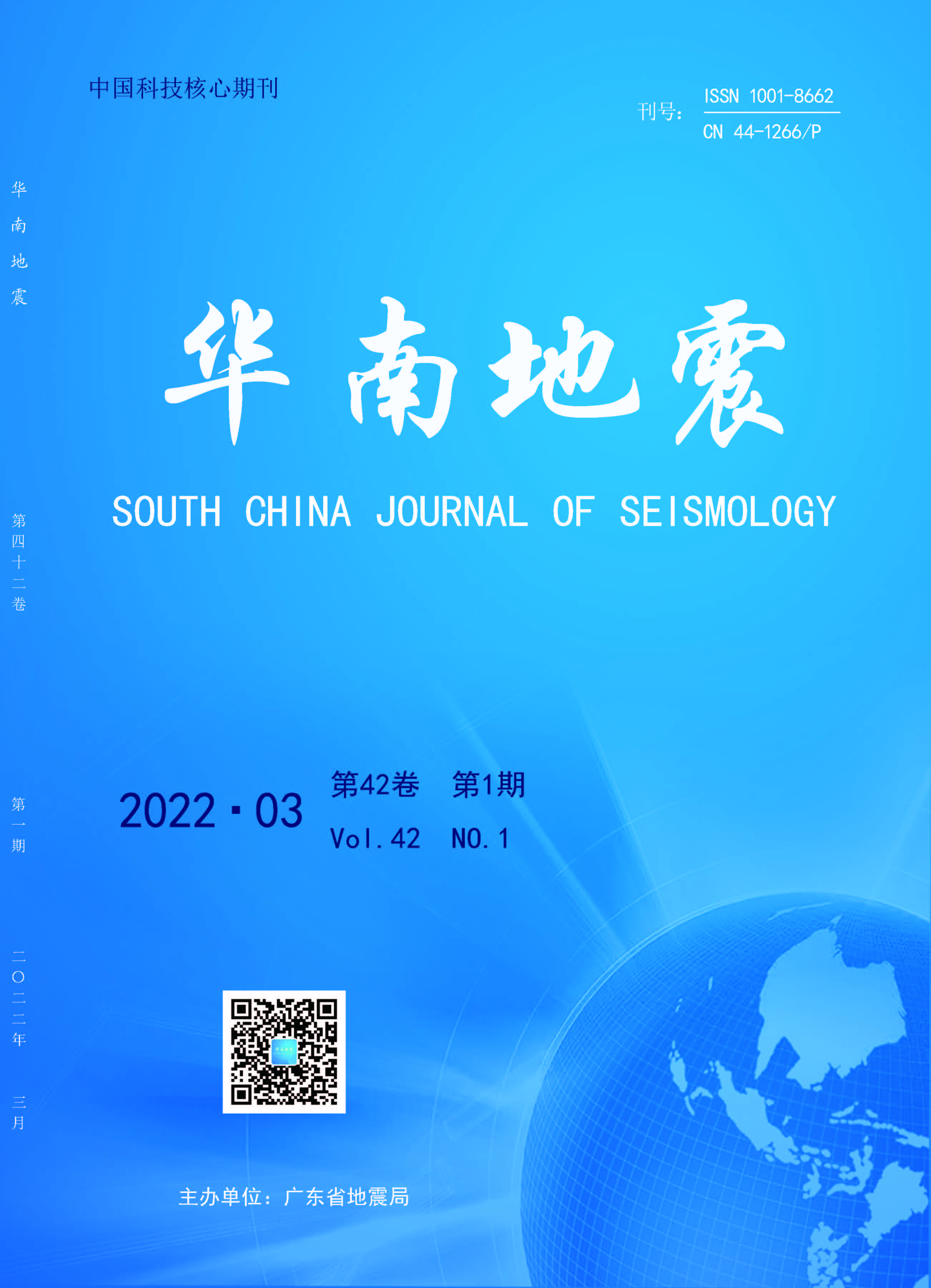作者简介:高和平(1984-),男,高级工程师,主要研究方向:建筑结构及地基基础设计与研究等。E-mail:zaipvxj568@163.com
DOI: 10.13512/j.hndz.2022.01.20
备注
为阐明近场地震速度脉冲效应对周期较长的钢框架抗震性能的影响规律,采用增量动力分析(IDA)方法,对符合我国现行设计规范的三个不同设防水平的钢框架结构进行了地震易损性分析,并对比分析了其在近、远场地震下的地震易损性差异。结果表明:近场地震作用的速度脉冲效应将放大钢框架结构的动力响应,并增大其概率地震需求模型的不确定性;相同地震强度下,近场地震作用的速度脉冲效应将增大钢框架结构的损伤破坏概率,且周期较长的低设防水平钢框架结构在近场地震作用下更易损伤破坏;鉴于近场地震对钢框架结构地震易损性的显著影响,建议评估钢框架结构的震害风险时,应针对近场和远场地震作用分别建立易损性模型。
In order to illustrate the impact of the near-field earthquake velocity pulse effect on seismic performance of the steel frame structure with a long period, the seismic vulnerability of three steel frame structures with different fortification levels in accordance with the current design code of China is analyzed by the incremental dynamic analysis (IDA) method, and the seismic vulnerability difference under near-field and far-field earthquakes is compared. The results show that the velocity pulse effect of the near-field earthquake will amplify the dynamic response of steel frame structure and increase the uncertainty of the probability demand model;under the same earthquake intensity, the velocity pulse effect of the near-field earthquake will increase the damage probability of steel frame structure, and the steel frame structure with a long period and low fortification level is more vulnerable under the near-field earthquake; In view of the significant impact of near-field earthquakes on the seismic vulnerability of steel frame structures, it is recommended that vulnerability models should be established separately for near-field and far-field earthquakes when assessing the seismic damage risk of steel frame structures.












